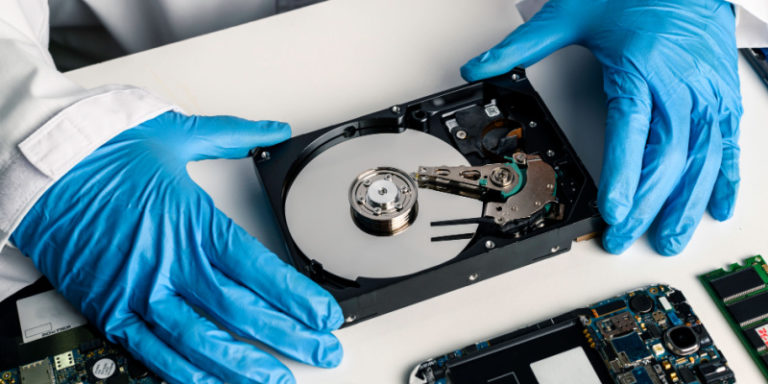As the business landscape becomes increasingly data-dependent, systems require advanced data recovery to minimize costly downtime. Data recovery techniques can salvage files from physically damaged hardware or logically damaged software.
Raw file recovery searches disks for file signatures, which are common patterns that identify the beginning and end of a file type. It’s the best method for recovering files when a file system is severely damaged or destroyed.
Data Loss Prevention
Data loss prevention is a set of tools designed to prevent the loss or corruption of an organization’s data by unauthorised access. DLP solutions are used to classify data based on regulatory standards like GDPR or HIPAA and then initiate remediation processes such as alerts, encryption, or data isolation to prevent sensitive information from leaving the organization’s network.
Data backups are another important aspect of data loss prevention. These should occur frequently to ensure that if data is lost, it can be recovered. This is especially critical for business systems that process confidential information such as credit card numbers and customer personal details.
Having a data loss recovery strategy is crucial to the survival of your business. If you lose important files such as your client records or financial documents, a simple mistake could cripple your business. In order to avoid this, you should follow these three tips from Process Street.
Data Retrieval
Data retrieval is the process of locating, extracting and presenting information from existing databases or other data storage systems based on specific criteria. This allows organizations to efficiently access and utilize their data, improving decision-making and analysis.
In information retrieval (IR), a user presents an information need in the form of a query, which is then matched to a collection of documents to retrieve relevant items from it. IR models include Boolean, ranked lists, probabilistic, and feature-based approaches.
Retrieving NWIS data from the archive tier involves creating a temporary file for each hour of available data (typically 96 files). The returned files are named according to the service requested (i.e., dv or uv) and contain the measured parameters from that period of time. To find these files, use the function readNWISuv. The latest data (less than an hour old) is also available for a single site by calling the function whatNWISdata.
Data Recovery Software
Data recovery software works by scanning the storage medium for deleted files. The program can also recover files that are lost due to file system corruption or other factors like a virus attack. The best data recovery software is able to undelete all types of file formats including audio and video, documents, images, archives, and executables. It also supports all major operating systems and can retrieve data from devices that are failing or have lost a partition.
iBoysoft Data Recovery Free is one of the most popular programs for recovering deleted files. It scans a drive and presents the results in a Windows Explorer-style tree view, making it easy to find files. It also allows you to filter and search for specific files before recovery.
Stellar offers multiple versions of its data recovery software, including a free version and technician and corporate toolkits. It’s compatible with NTFS, FAT, and exFAT drives, as well as SSDs and other storage media. It can even clone a hard drive to bypass corrupt file systems and restore data from physical damage.
Data Recovery Services
Data recovery services are used to regain information from digital storage media that has been damaged either by physical damage to the hardware or by logical corruption of the internal file system. Services use a range of techniques – some of them industry secret – to copy the stored files from the device to a new, functional device or return the damaged device to its working state.
Forward-looking businesses take a proactive approach to their data security by constantly backing up the critical information that drives their business operations. They also invest in a reliable backup and disaster recovery solution that gives them immediate access to the data they need should the unexpected occur.
A good data recovery service has a proven track record, a no-data-no-charge customer protection policy, and a fast turnaround time. It should also have a cleanroom, which provides a controlled environment in which to open and work on the devices they service.
